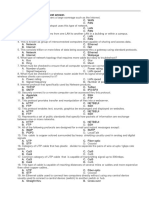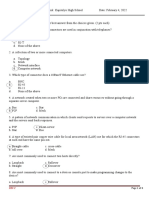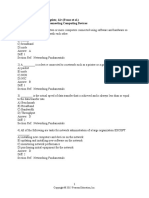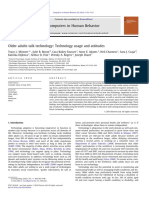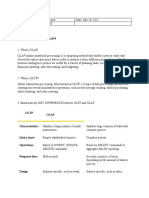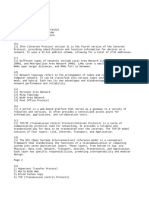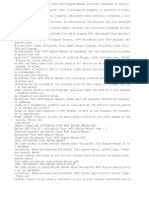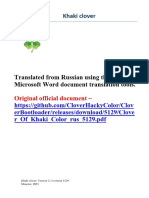0% found this document useful (0 votes)
42 views4 pagesComputer Network Test Paper
The document is a test paper for a Computer Network course with a total of 50 multiple-choice questions covering various networking concepts and terminologies. Topics include types of networks (PAN, LAN, WAN), protocols (HTTP, DNS, FTP), and networking devices (modems, routers, switches). The test is designed to assess knowledge of computer networking fundamentals.
Uploaded by
suresuccesslibraryCopyright
© © All Rights Reserved
We take content rights seriously. If you suspect this is your content, claim it here.
Available Formats
Download as PDF, TXT or read online on Scribd
0% found this document useful (0 votes)
42 views4 pagesComputer Network Test Paper
The document is a test paper for a Computer Network course with a total of 50 multiple-choice questions covering various networking concepts and terminologies. Topics include types of networks (PAN, LAN, WAN), protocols (HTTP, DNS, FTP), and networking devices (modems, routers, switches). The test is designed to assess knowledge of computer networking fundamentals.
Uploaded by
suresuccesslibraryCopyright
© © All Rights Reserved
We take content rights seriously. If you suspect this is your content, claim it here.
Available Formats
Download as PDF, TXT or read online on Scribd
/ 4
